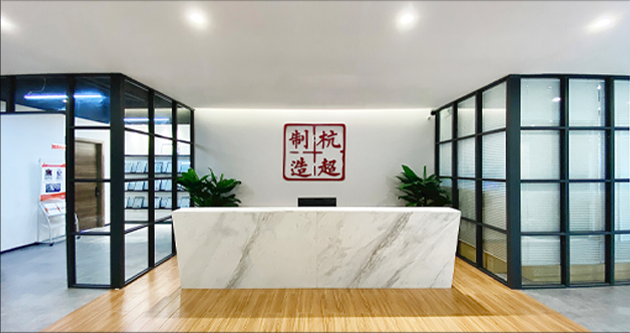
Different fabric cutting techniques
Fabric cutting processes are generally divided into cold cutting and hot cutting. Both of these cutting methods have certain limitations. Compared to cold cutting, when using ultrasonic fabric cutting, the edges of thermoplastic materials melt together after being cut. Compared to hot cutting, ultrasonic cutting makes the edges of the cut fabric very soft, avoiding the melting shrinkage that causes overly thickened edges. Since ultrasonic waves heat the fabric from the inside, there is also no risk of the fabric turning yellow.
Ultrasonic fabric cutting utilizes ultrasonic energy to locally heat and melt the material being cut, achieving the cutting purpose without the need for a sharp blade. It is commonly used for cutting difficult-to-cut materials such as thermoplastic resin boards, sheets, films, laminates, carbon fiber composites, fabrics, and rubber.
The ultrasonic fabric cutting knife vibrates 40,000 times per second (40 kHz) with a maximum output power of 100W, making it easy to cut resins, rubbers, non-woven fabrics, and composite materials due to this motion. The housing of the fabric cutting knife is made of stainless steel, while the blade is crafted from inert, hard, wear-resistant metal—high-speed steel—with a thickness of 0.6mm, which does not undergo persistent chemical reactions with the cutting material. Users can replace the blades themselves, and the high-frequency vibration reduces friction resistance on the cutting surface, extending the blade's lifespan and saving costs.
